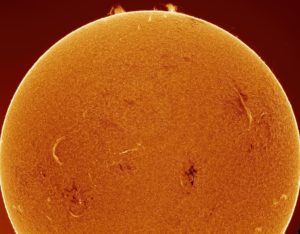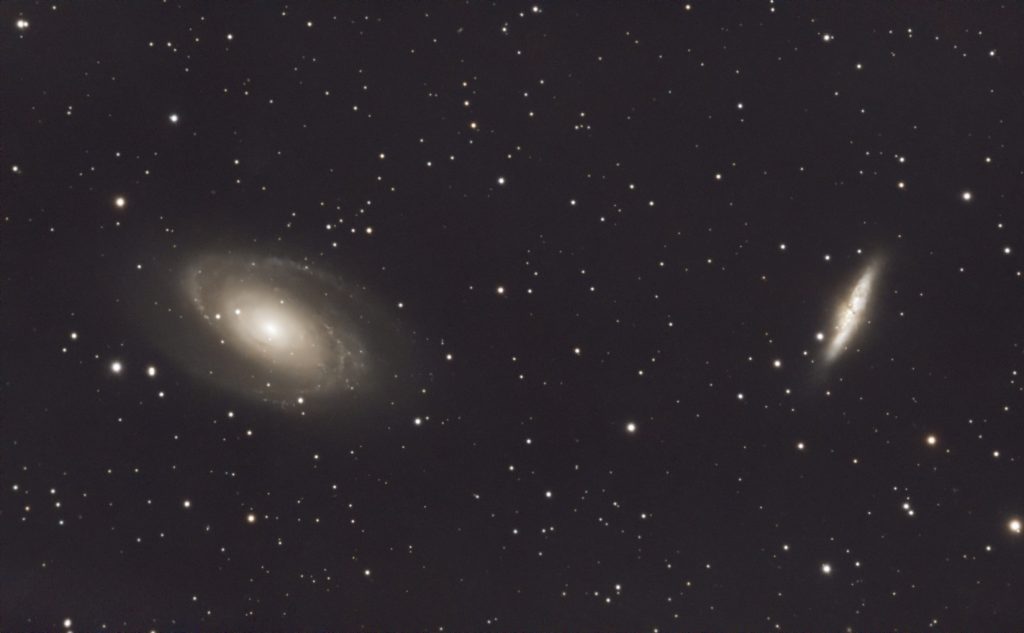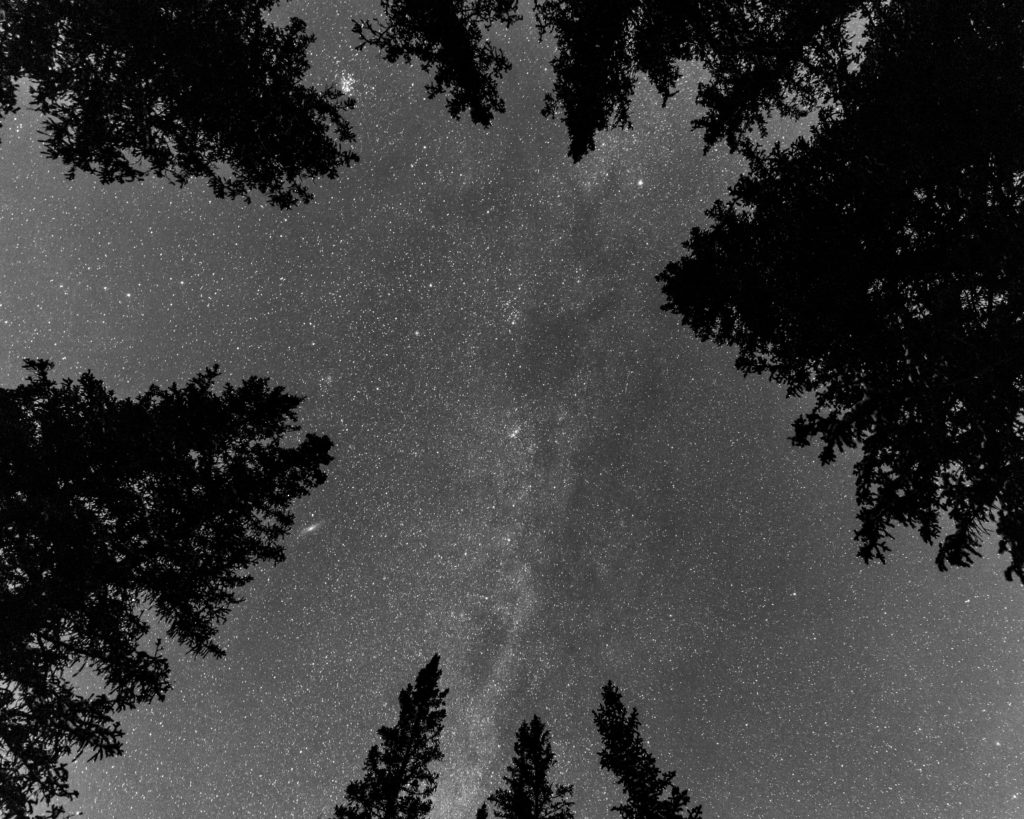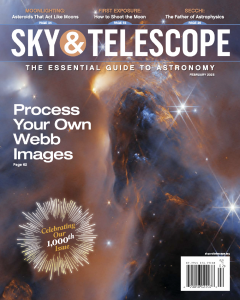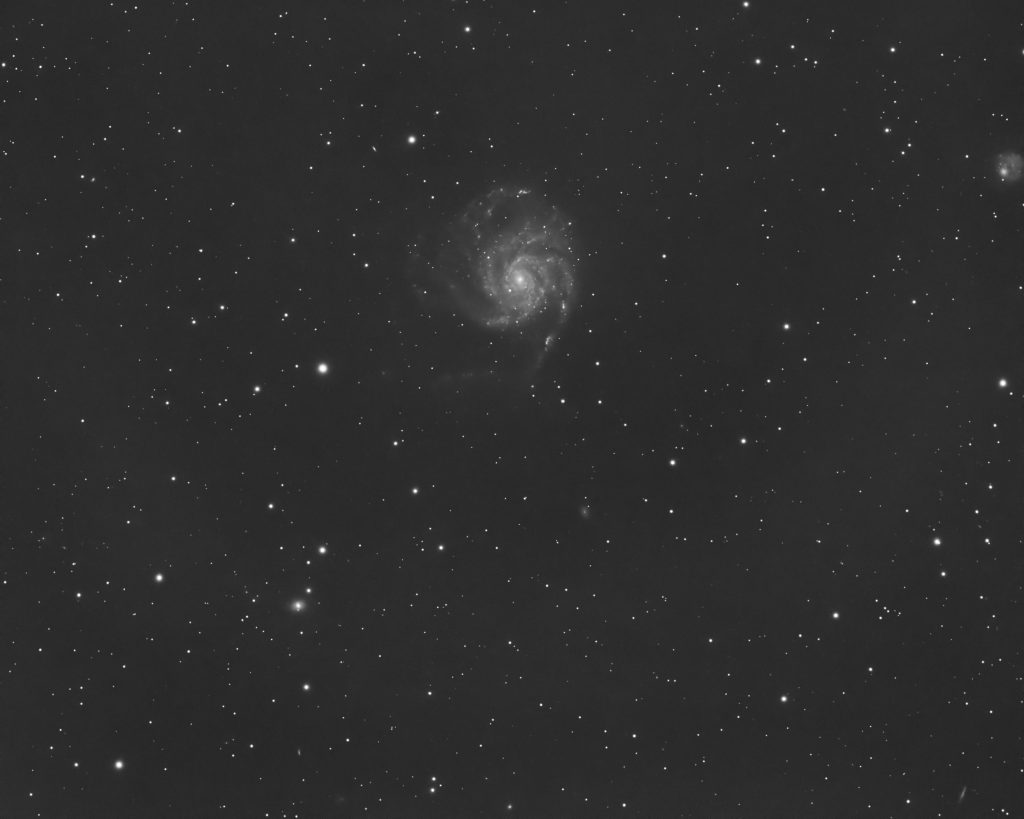
While awaiting the appearance of the Milky Way, not to mention astronomical darkness which won’t come again until July at my northerly latitude, I’ve been having fun snapping photos of galaxies with a 50 mm smart scope and other instruments of modest aperture. I recently tested another diminutive telescope, the Takahashi FOA-60 to see what it could do. While primarily intended to be a visual instrument, this telescope features superb optical quality, but it has a relatively slow focal ratio of f/8.8 which is not ideal for astrophotography. Nevertheless, I hooked up a small camera, the monochrome and highly sensitive ZWO ASI533MM-Pro and a Tele Vue 0.8x focal reducer to coax the optics of this little telescope down to a more reasonable f/7. Then I aimed it up out of the plane of the Milky Way into intergalactic space and snapped some photos of galaxies in and around Ursa Major to see what I could capture [Read more…] about Galaxy Hunting with a 60 mm Telescope
Share This: